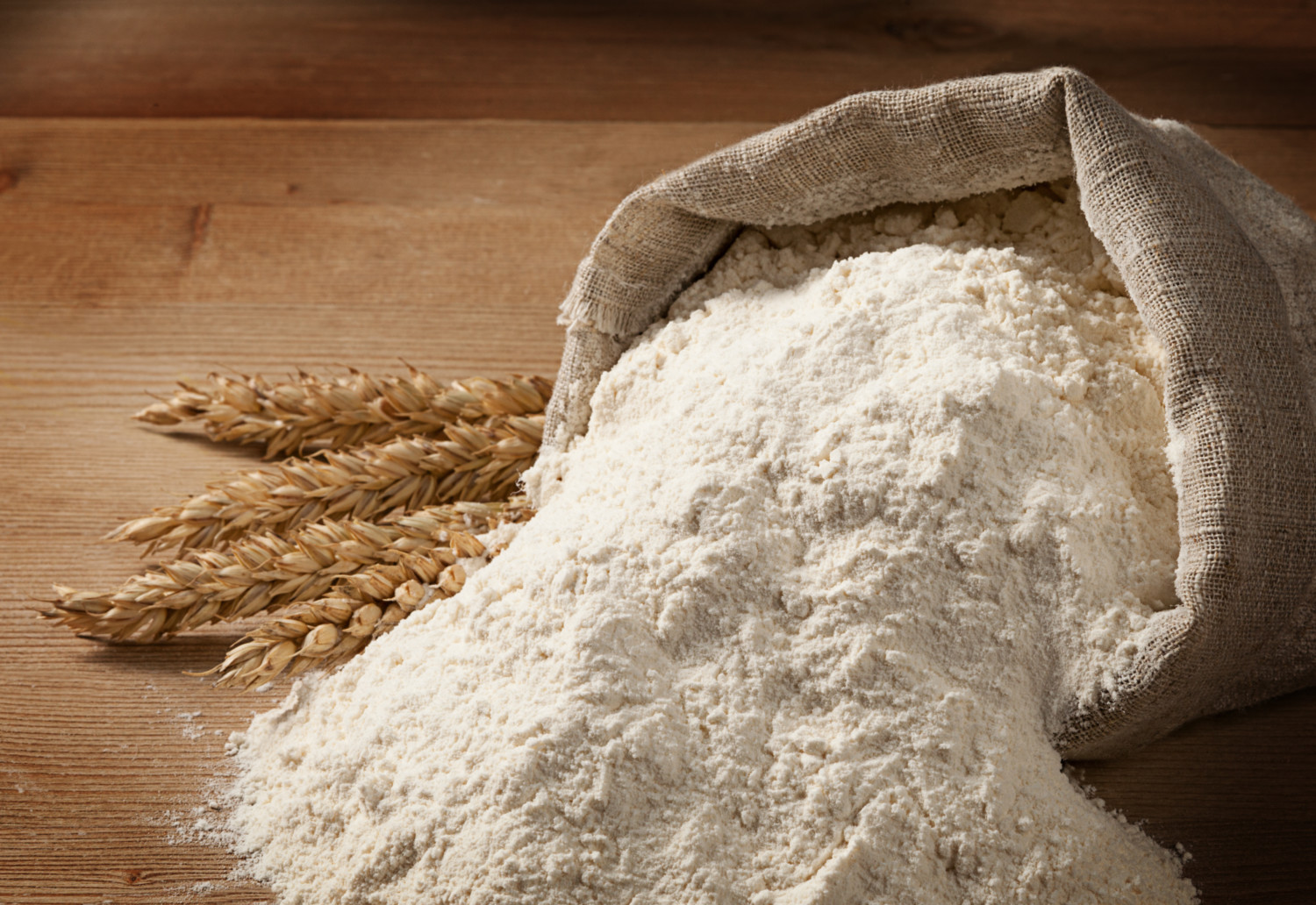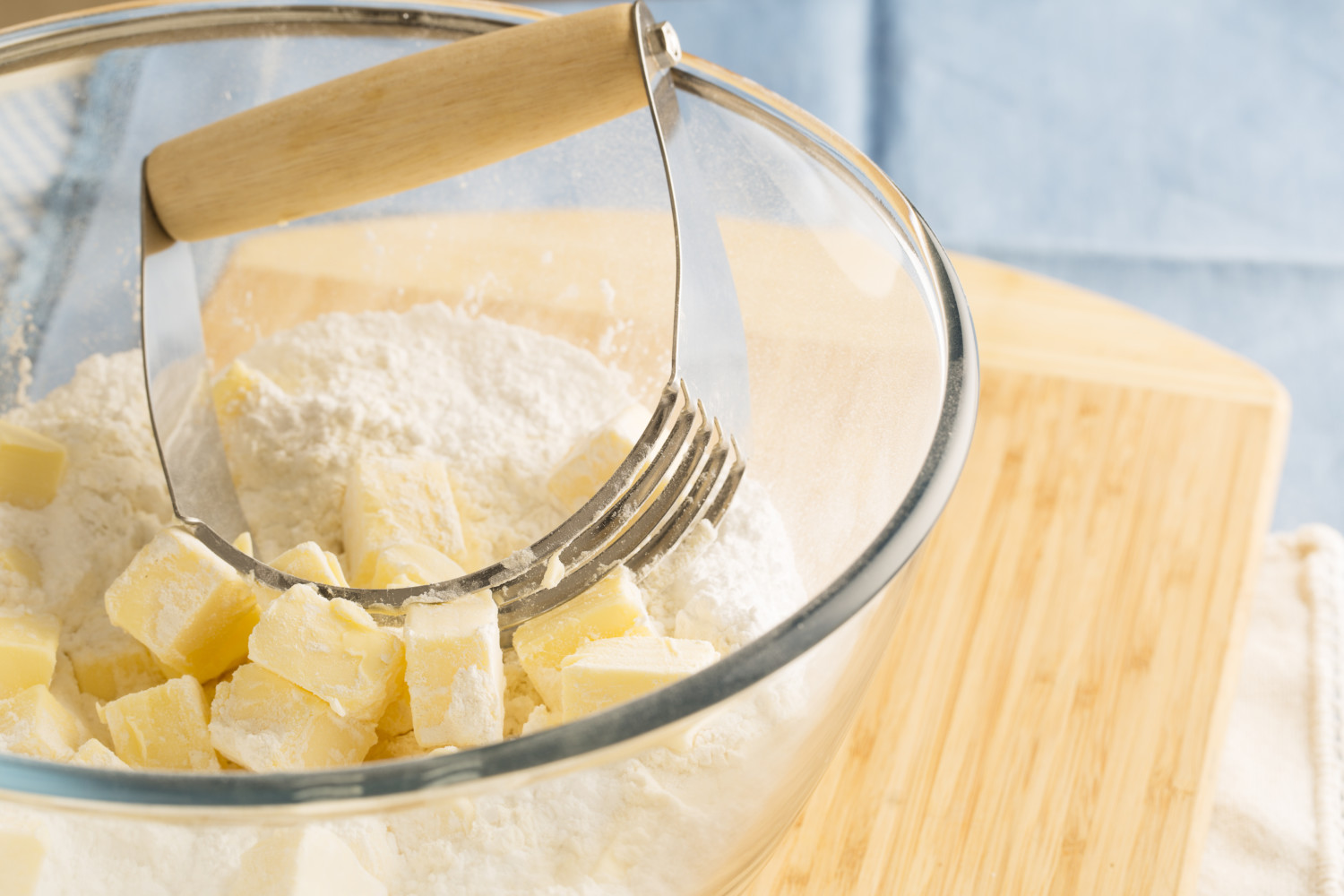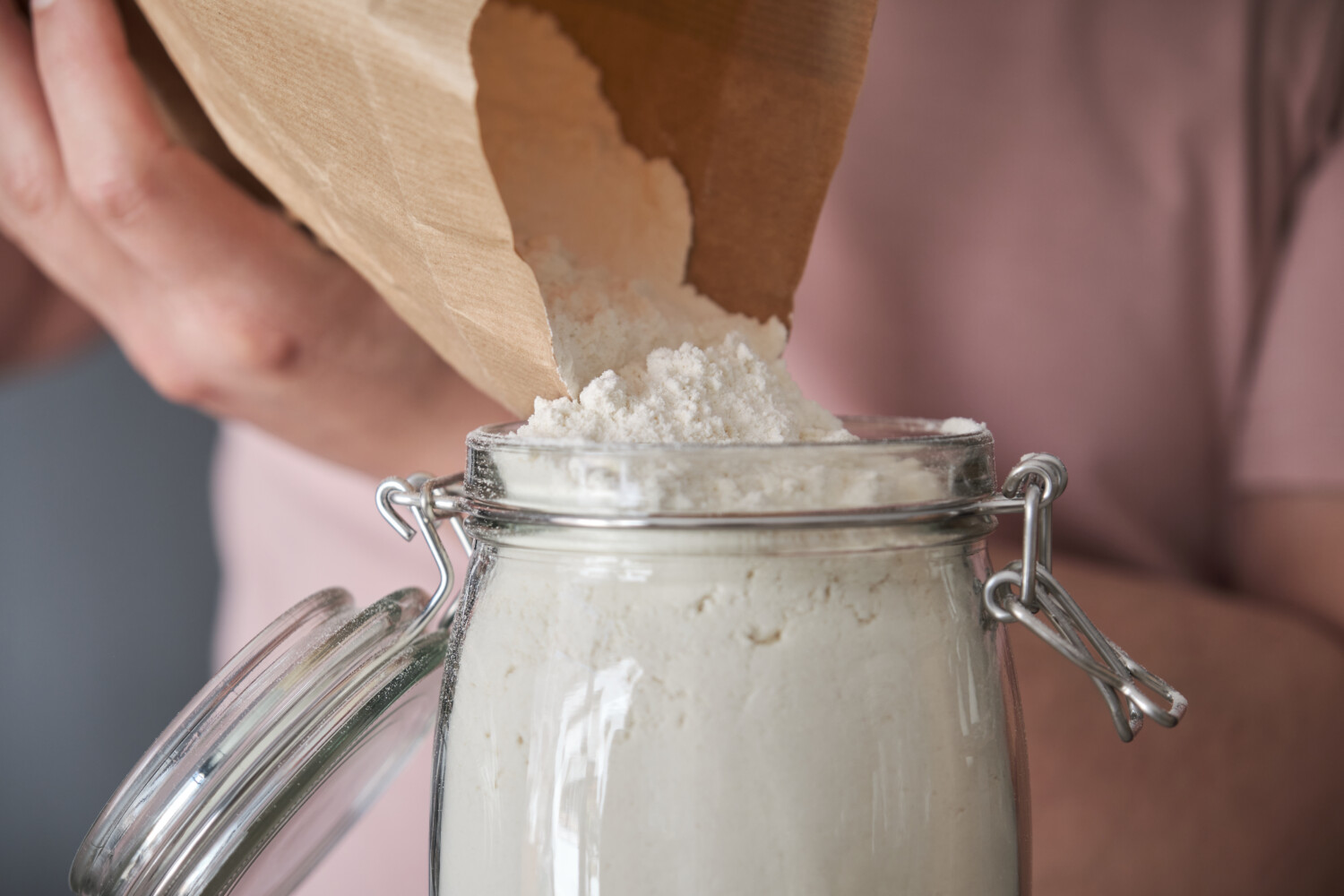Whether you have a large sack or a 2-pound bag, flour is a kitchen staple. You can use it for so much more than baking, such as making your own fabric softener or keeping ants at bay. Flour even works to polish stainless steel appliances or the kitchen sink.
While conventional flours are made from wheat kernels, other varieties are composed of ground corn, rice, seeds or roots. There’s a good chance you have a bag or two of some kind of flour in your kitchen right now. But where are you storing it?
Flour stored in its original paper sack only lasts about three months. However, it doesn’t take much effort at all to increase the shelf life. If you only cook or bake occasionally, here’s how you can make your flour last as long as possible.

Use Your Freezer
The gross part about food storage is if you don’t store certain ingredients properly, they can attract bugs and unfortunately, flour is one of those products that can already have the beginnings of an infestation before it enters your home. So it’s best to proceed with caution to reduce the chances of having moths inundating your kitchen.
One of the best ways to prevent a bug infestation is to take on preventative measures. If you’ve brought home a new bag from the grocery store and are concerned about bugs, place the paper sack in the freezer for two days. This will ensure any insects or eggs that have slipped through the milling process will be killed.
You can also keep whole grain flour in your freezer for up to one year and white flour for up to two years. Just be sure to defrost it only what you need some and let the ingredient return to room temperature before usage. Otherwise, it won’t rise properly. Also avoid defrosting and refreezing your flour frequently as it degrades the quality. If you decide to use your freezer for long-term storage, vacuum sealing or Mylar bags are recommended. Removing as much air as possible will help preserve freshness.

What To Know About Flour Bugs
Unfortunately, pest infestation can happen. Flour bugs, known as weevils, rice bugs, wheat bugs or flour worms, are tiny beetles that set up shop inside your flour and then infest the rest of your kitchen, feasting on dry food such as flour, cereal, rice, pasta and more. As if that’s not icky enough, they lay eggs inside the flour to grow their communities.
Since eggs are too small to be seen in the flour, you likely won’t know they’re there unless they’ve started to hatch. Here are some things to look out for:
- Light brown or gray worm-like creatures
- Any cobweb-like substances on the flour
- Any insect parts, such as a wing
Deter bugs by placing a bay leaf inside the container when stored in the pantry, or keep your flour in the freezer or refrigerator.

Say Goodbye To The Paper Bag
Although it’s considered a non-perishable food, spoilage can occur. When the oils in the flour degrade, it can be exposed to heat, light, oxygen and moisture.
The paper bag used to contain your 2-pound sack of flour was designed to help you get it from the store to your home — but after that point, it’s best to transfer the flour into an airtight container, no matter where you store it. That can be in a large glass, metal or plastic container with a tight lid or double plastic bag.
Airtight containers will help your kitchen look and feel more organized and can keep flour from spoiling for up to 10 months. Placing an oxygen absorber inside the sealed container can also help prevent oxidation and extend your flour’s shelf life. If possible, label the container or bag with the “best by” date to help you stay on top of freshness.
Store Flour In A Pantry
Pantries offer a cool, dark, dry place to store flour, which will work well for at least one year. The pantry can be your go-to place if you live in a colder or drier climate. However, if you live in a humid climate or plan to keep the flour for more than a year, you might opt for the fridge or freezer.

Use The Refrigerator
As long as flour is stored in an airtight container, many varieties of flour will last up to a year in the refrigerator.
How To Tell If Flour Has Gone Rancid
Telltale signs that flour has gone bad include the old-fashioned sniff test. If the flour has oxidized, it will smell like Play-Doh. It might also smell slightly sour or musty. While we never want to waste food, the altered flavor and aroma will transfer through to the finished product, so it’s best to toss it out immediately.
Now that you know how to properly store flour, you can make the most out of every sack. Is anyone up for homemade pizza?
This story originally appeared on Simplemost. Check out Simplemost for additional stories.


